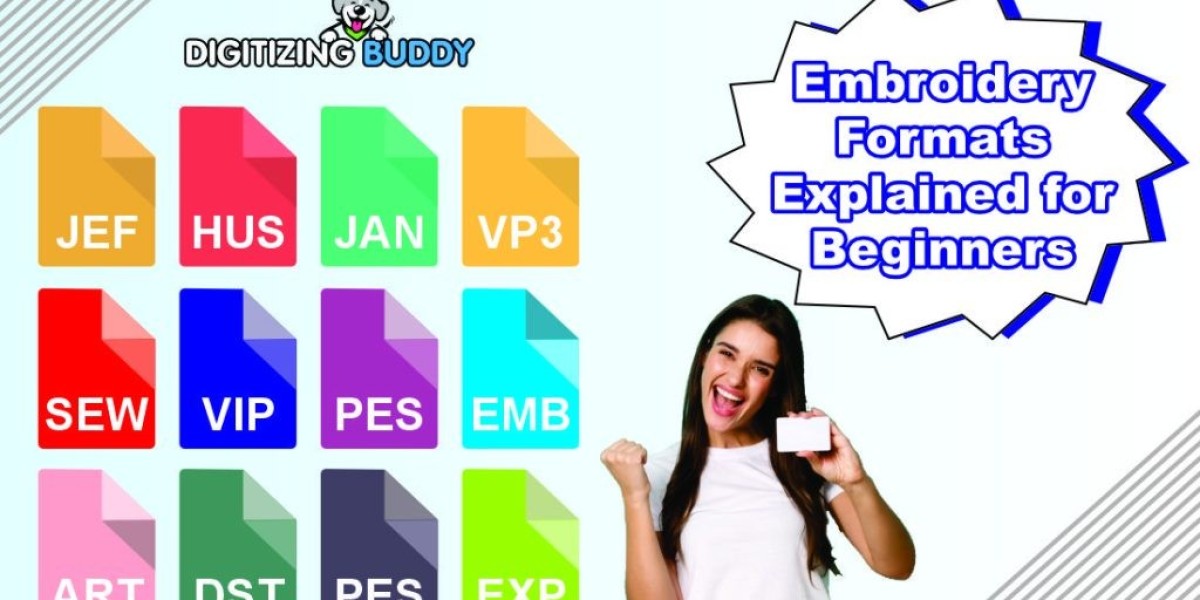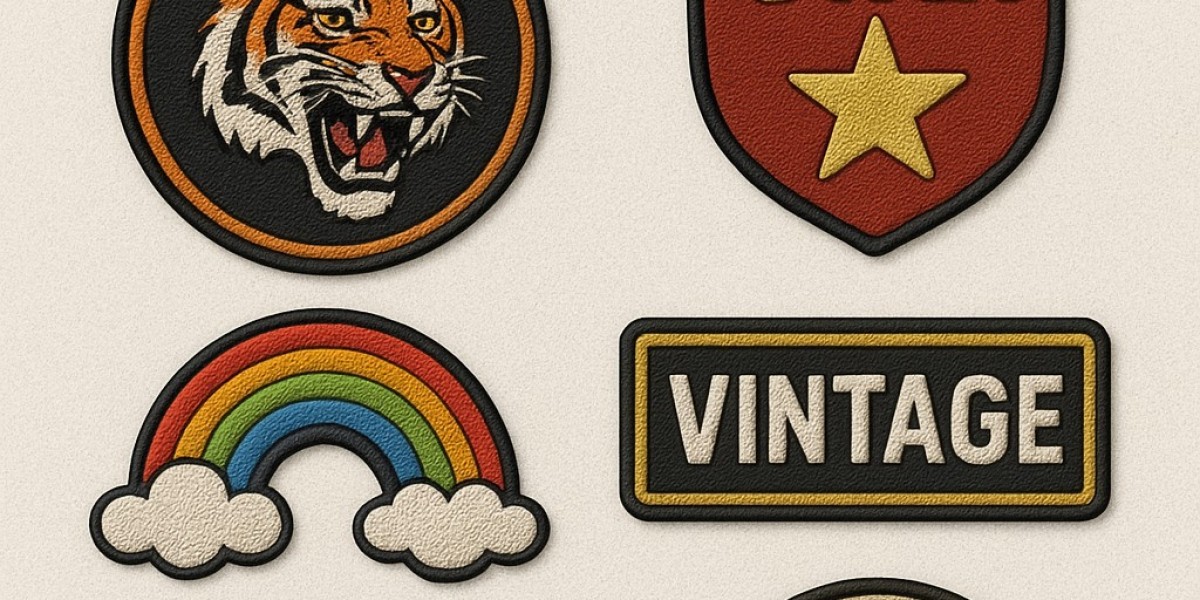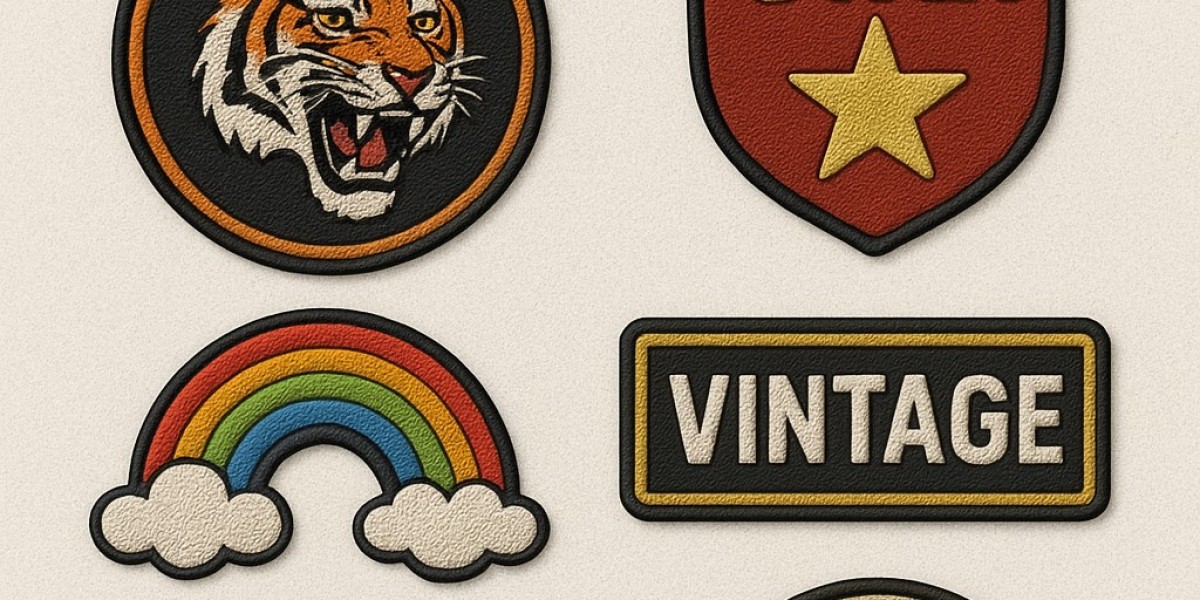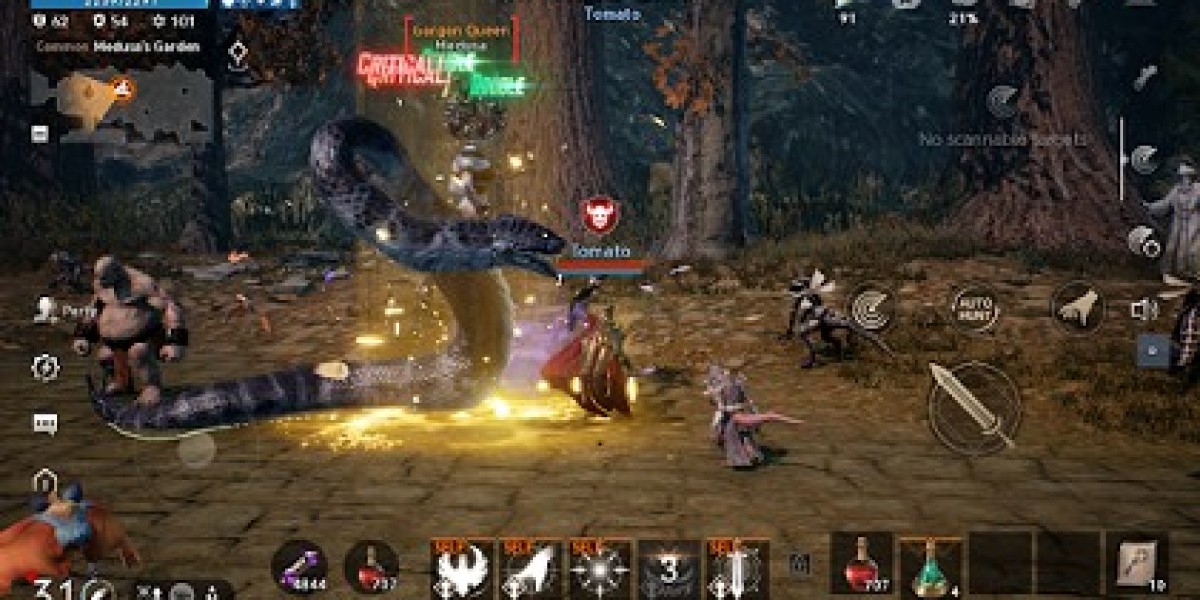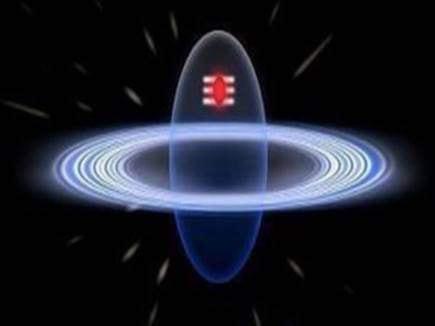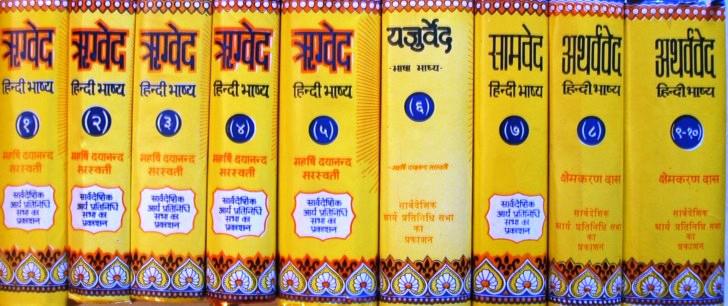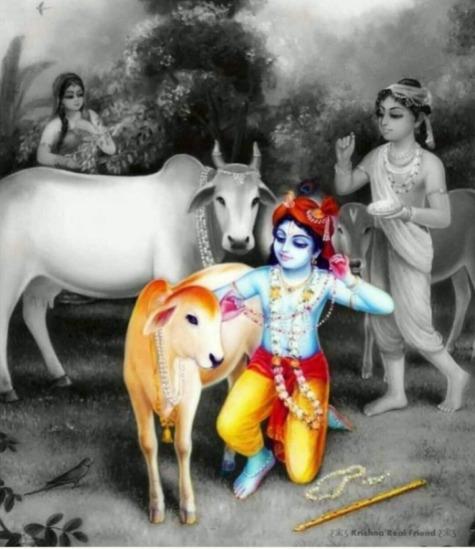Embroidery machines bring designs to life, but choosing the right file format can make or break your project. Whether you’re a hobbyist stitching custom gifts or a business owner branding apparel, understanding the differences between PES, DST, and EXP files is key to achieving professional results. This guide breaks down each format, their uses, and how to pick the best one for your embroidery needs, so you can stitch with confidence. Let’s dive into the world of embroidery file formats.
What Are Embroidery File Formats?
Embroidery file formats, like PES, DST, and EXP, are digital files that tell an embroidery machine how to stitch a design. They include instructions for stitch types, thread colors, and patterns, ensuring your artwork—whether a logo or illustration—comes out clean on fabric. Each format is designed for specific machines or software, so knowing their differences helps you avoid compatibility issues and achieve high-quality stitches.
PES File Format
Overview
PES files are the proprietary format for Brother embroidery machines, though some other brands, like Babylock, also support them. They store detailed information, including stitch patterns, thread colors, and design previews, making them a favorite for home embroiderers.
Key Features
- Rich Detail: Supports complex designs with multiple colors and stitch types (satin, fill, running).
- Color Information: Includes thread color data, often linked to Brother’s thread chart, for easy color matching.
- Preview Capability: Many PES files show a design preview in software or on the machine’s display.
- Versions: Different PES versions (e.g., v6, v10) exist, so check your machine’s compatibility.
Best Uses
- Ideal for Brother machine users creating detailed logos, monograms, or intricate patterns.
- Great for home crafters who want vibrant, color-rich designs.
- Suitable for projects like shirts, hats, or towels where color accuracy matters.
Limitations
- Not universally compatible; primarily for Brother or Babylock machines.
- Older machines may not support newer PES versions.
- File size can be larger due to detailed color and stitch data.
DST File Format
Overview
DST (Data Stitch Tajima) is a widely used format developed for Tajima embroidery machines but supported by many brands, including Janome, Bernina, and Pfaff. It’s a go-to for commercial embroidery due to its simplicity and broad compatibility.
Key Features
- Universal Compatibility: Works with most professional and home embroidery machines.
- Compact Files: Stores only stitch and coordinate data, keeping file sizes small.
- Simple Structure: Focuses on stitch instructions, not color or preview details.
- Scalability: Handles large designs for commercial projects like jackets or banners.
Best Uses
- Perfect for commercial embroiderers working with multiple machine brands.
- Ideal for simple designs or bulk orders where file size and compatibility matter.
- Suited for large-scale projects, like embroidery on upholstery or heavy fabrics.
Limitations
- Lacks color information, requiring manual thread color setup on the machine.
- No design preview, so you may need software to visualize the output.
- Less suited for intricate designs with complex color changes.
EXP File Format
Overview
EXP is commonly associated with Melco embroidery machines but is also supported by Bernina and other brands. It’s a versatile format used in both home and commercial settings, balancing detail and compatibility.
Key Features
- Balanced Detail: Includes stitch and basic color data, offering more than DST but less than PES.
- Wide Compatibility: Works with many machines, including Melco, Bernina, and some Brother models.
- Flexible Design Size: Supports both small and large designs without quality loss.
- Lightweight Files: Smaller than PES but more detailed than DST.
Best Uses
- Great for users with Melco or Bernina machines needing a balance of detail and compatibility.
- Suitable for designs with moderate complexity, like logos or text on apparel.
- Ideal for businesses or crafters switching between home and commercial machines.
Limitations
- Limited color data compared to PES, which may require manual color adjustments.
- Not as widely supported as DST for commercial machines.
- May need conversion for some Brother or Tajima machines.
Comparing PES, DST, and EXP
Here’s a quick comparison to help you choose:
- Compatibility: DST is the most universal, followed by EXP; PES is specific to Brother/Babylock.
- Detail Level: PES offers the most detail (color and preview), EXP is moderate, and DST is minimal.
- File Size: DST is the smallest, EXP is medium, and PES is the largest.
- Best for: PES for detailed home projects, DST for commercial versatility, EXP for balanced use.
- Ease of Use: PES is user-friendly for beginners, DST requires more manual setup, and EXP sits in between.
Check your machine’s manual to confirm supported formats before digitizing or purchasing designs.
How to Create or Convert These File Formats
To create PES, DST, or EXP files, you’ll need embroidery digitizing software. Here’s how to get started:
Step 1: Choose Your Artwork
Select a high-resolution image (JPG, PNG, or SVG) with bold shapes and 3–5 colors. Simple designs, like logos or text, work best for embroidery. Use tools like GIMP or Photopea to simplify images by removing backgrounds or reducing colors.
Step 2: Use Embroidery Software
Use software like Brother PE-Design, Wilcom Hatch ($100–$1,000), or free Ink/Stitch (with Inkscape). Import the image, resize it to fit your hoop (e.g., 4x4 or 5x7 inches), and digitize it:
- Auto-Digitizing: Let the software generate stitch patterns (best for simple designs).
- Manual Digitizing: Trace the image with “Pen” or “Bezier” tools for precision, assigning satin, fill, or running stitches.
- Color Mapping: Match colors to your thread chart (e.g., Brother for PES).
Step 3: Adjust Settings
Set stitch density (0.4–0.5 mm), add underlay for stability, and include pull compensation (0.1–0.2 mm) to prevent shrinkage. Preview the design in 3D to check stitch quality.
Step 4: Save in the Right Format
Save as PES, DST, or EXP based on your machine. Use software to convert between formats if needed (e.g., DST to PES). Verify the file in a viewer to ensure accuracy.
Step 5: Test the Design
Test on scrap fabric with the same stabilizer (cut-away for knits, tear-away for cotton). Check for thread breaks or puckering, and tweak settings if necessary.
Tips for Choosing the Right Format
- Check Machine Compatibility: Confirm your machine supports PES, DST, or EXP.
- Match Project Needs: Use PES for detailed home projects, DST for commercial bulk orders, or EXP for versatility.
- Simplify Designs: Stick to bold shapes and minimal colors for all formats.
- Use Stabilizers: Choose cut-away for stretchy fabrics, tear-away for stable ones.
- Test First: Always test on scrap fabric to avoid errors on final items.
Common Mistakes to Avoid
- Wrong Format: Using a format your machine doesn’t support causes errors.
- Complex Designs: Too many details or colors lead to messy stitches. Simplify first.
- Skipping Tests: Testing prevents costly mistakes on final materials.
- Ignoring Color Data: DST lacks color info, so plan thread changes manually.
DIY vs. Professional Digitizing
DIY digitizing with free tools like Ink/Stitch or paid software like Brother PE-Design is cost-effective but requires learning. Professional services ($10–$100 per design) are better for:
- Complex designs needing precise stitches.
- Bulk orders requiring consistency.
- Time-sensitive projects or specialty fabrics.
Start with DIY for simple designs, then consider professionals for polished results.
Conclusion
Understanding PES, DST, and EXP file formats empowers you to create stunning embroidered designs with confidence. Each format has unique strengths—PES for detailed home projects, DST for commercial versatility, and EXP for balanced use—making them suited to different machines and goals. With the right software, clear steps, and testing, you can digitize designs that elevate your crafts or business branding. Choose the format that matches your machine and project, and turn your ideas into professional, stitched masterpieces with every thread.
